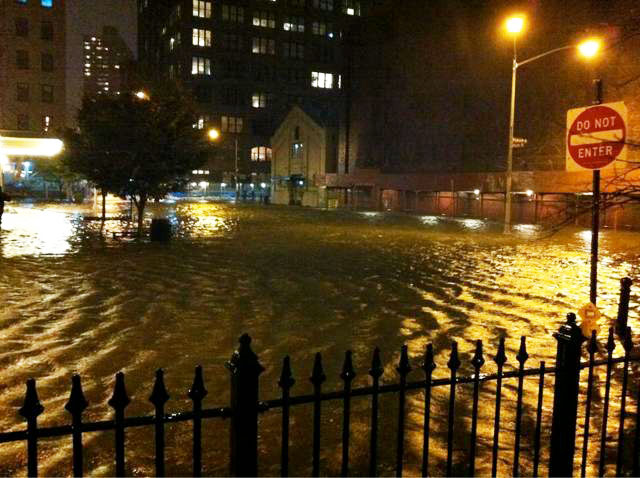

“We did not know that between 8.50pm and 9.50pm last night the heavens would literally open up and bring Niagara Falls-level of water to the streets of New York,” said Hochul.ĭe Blasio said he had a forecast on Wednesday of 3in to 6in (7.6-15cm) of rain over the course of the day. New York’s new governor, Kathy Hochul, and the New York City mayor, Bill de Blasio, said the storm took them by surprise. In its wake, officials weighed far-reaching new measures to save lives in future storms and Joe Biden warned from the White House that climate change “is here”. The disaster underscored with stunning clarity how vulnerable the US is to the extreme weather that the human-caused climate crisis is bringing. The storm struck the region on Wednesday night and officials in New York admitted they had not expected the swift devastation that followed, as record rainfall and battering winds hit the city, amid a tornado warning, in the space of a terrifying hour or so after dark. In the end, the exact location matters less than the overall effect it has on the community and the City.The National Hurricane Center had warned since Tuesday of the potential for “significant and life-threatening flash flooding” and major river flooding in the mid-Atlantic and New England. For instance, if the block next to yours flooded, there is a high likelihood that your block would be affected since you may not be able to go to the grocery store on that block, use that street for public transportation, or access the school nearby. Rebuild by Design chose an approach to include all block groups that touch the floodplain because we were able to use updated data, it gives a clearer picture of who will be most affected. New York City uses census data from 2010 2) New York City used an approach which counts floodplain blocks as those census (city) blocks whose geographic center intersects the PFIRM 2015 floodplain. These numbers are higher than New York City’s own estimates for multiple reasons: 1) These maps use data from American Community Survey which provides only block groups from 2018.

The 2100 floodplain is derived from NPCC3’s 2100 100-year floodplain projection. The 2050 floodplain is derived from NPCC3’s 2050 100-year floodplain projection.

The current floodplain boundaries are derived from PFIRM 2015. A block group is a contiguous cluster of census blocks, or city blocks.ĭownload maps here: Citywide, The Bronx, Manhattan, Queens, Brooklyn, and Staten Island.Īccording to US Housing and Urban Development’s (HUD) 2018 income brackets, a family of 3 is considered low income if their household income is less than $75,120. Using the American Community Survey (2018) population data, all NYC block groups that intersect the 100-year floodplain were included. Past disasters, such as Hurricane Sandy, and our recent experience with Covid-19, have laid bare the reality that these events disproportionately hurt the most vulnerable populations which can include characteristics such as socioeconomic status, race, ethnicity, language, age, health, and household composition. If the impacts of climate change are left unabated, by 2100, this number could rise to 2.2 million. Those communities have a 1% chance of experiencing a major disaster every year. We found that 14 percent of New Yorkers – 1.3 million people – live within or adjacent to the 100-year floodplain. Analyzing the floodplain reveals a larger story – the number of New Yorkers who are highly vulnerable to increased coastal storms is even higher than New York City has accounted for. As climate change causes a rise in sea levels and increases the likelihood of flooding and major storms, we need to better understand who will be at risk during these events.


 0 kommentar(er)
0 kommentar(er)
